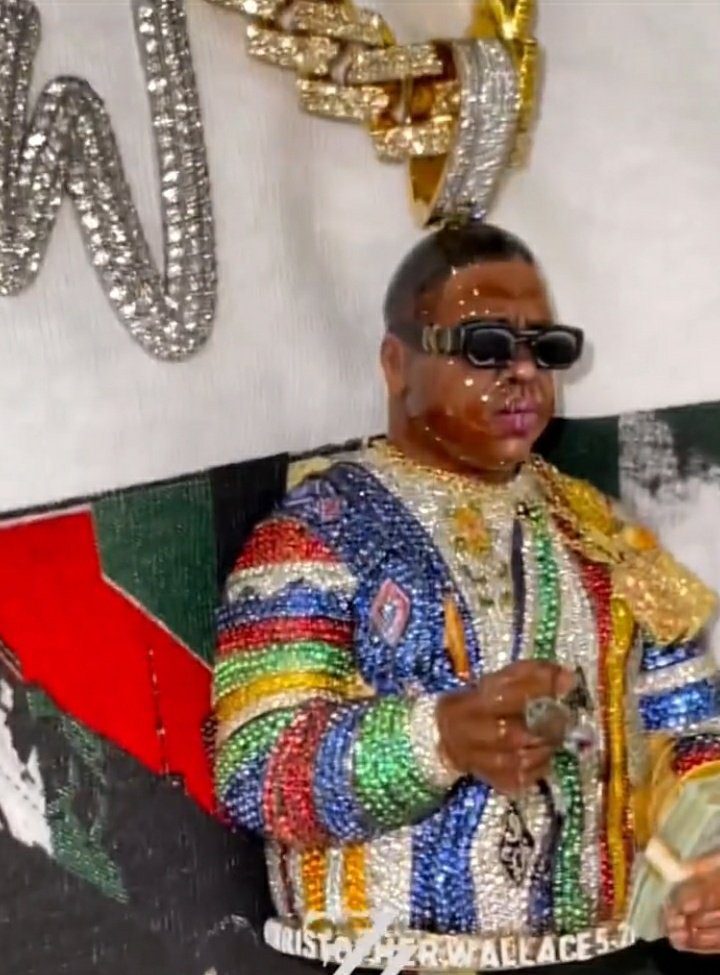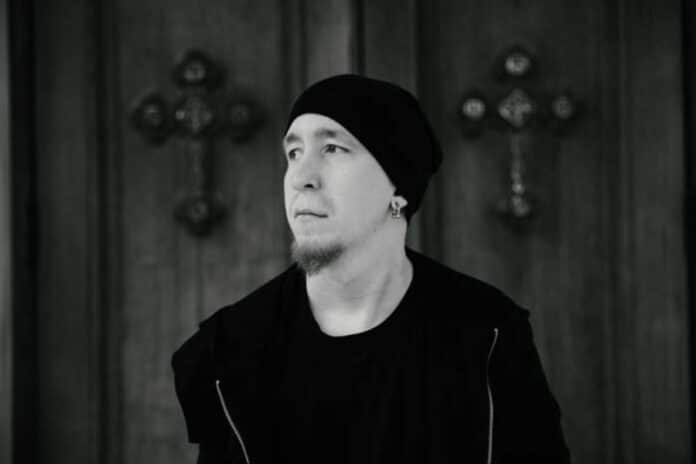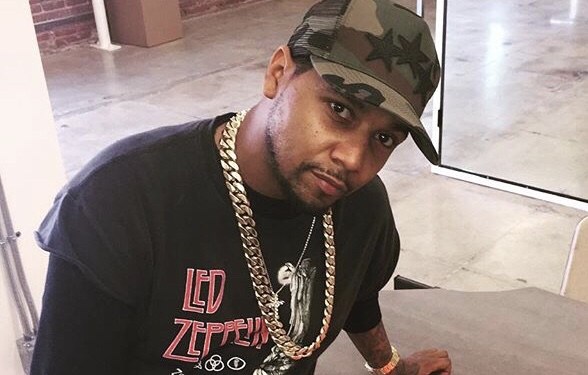When Skrillex and Boys Noize announced they were set to release a joint EP back in 2012, nobody was quite ready for the magnitude of what they were about to unleash.
Consider the facts. First, we have a seasoned acid legend in Boys Noize. Hailing from Germany, the world capital of techno who braved the chopping waters of the global EDM maelstrom by keeping true to his industrial warehouse roots. Second, we have Skrillex. A scene kid with an ear for sounds previously unheard, his abilities perhaps still a bit underestimated by the old guard due to the instantaneous quality that marked his arrival and a meteoric rise.
Two artists who don’t have much to bridge the long gap between their musical outputs with—it was either going to be a moment akin to Dr. Dre and Eminem’s powerhouse team-up in the late 90’s, or a stylistic disaster. Nobody really considered the latter, and nobody adequately prepared for the former. The entire spectacle wound up playing out in all of its acid-drenched glory at Coachella 2013.
Skrillex would later go on to describe the project saying, “[Boys Noize] comes from more of a techno world, even though he makes louder music he’s so much about long builds and keeping in a groove. My role in Dog Blood is to kick it a little bit harder.” And truthfully, never was there a more appropriate description of what Dog Blood actually turned out to be—calculated sonic chaos from core to perimeter.
Playing Coachella is a milestone for any artist. “A really big deal,” Billie Eilish fawned in the recent Coachella documentary 20 Years In The Desert. For Dog Blood, their primetime Sahara slot wasn’t just a milestone. It was a statement. A statement that old and new dance music could coexist, and even collaborate, to reach greater, unheard-of heights.







